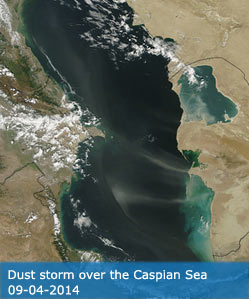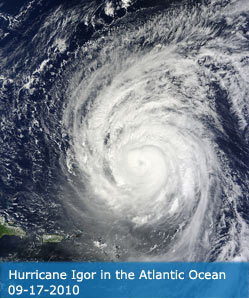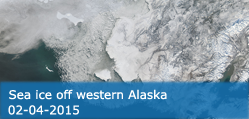Science Team
Publications
Helman, D (2018). Land surface phenology: What do we really 'see' from space?. SCIENCE OF THE TOTAL ENVIRONMENT, 618, 665-673.
Abstract
Land surface phenology (LSP) provides bio-indication of ongoing climate change. It uses space-borne greenness proxies to monitor plant phenology at the landscape level from the regional to global scale. However, several un-considered methodological and observational -related limitations may lead to misinterpretation of the satellite-derived signals. For instance, changes in species composition within a pixel could result in a change in the time series of the greenness proxy, due to the distinct phenology of the plant species involved. The change in the signal would then be misinterpreted as a phenological change while it is actually related to changes in species composition within the pixel. Other limitations include the selection of the smoothing technique and the method used to extract the LSP metrics. These not only may affect the timing of the LSP metrics but also the sign of the observed LSP change. Another and much less known limitation is related to the mixed signal from multi-canopy layers. Satellites may detect changes that corresponds to the understorey layer in complex vertical vegetation systems while the 'real' contribution of this layer (in terms of ecosystem functioning and dynamics) might be small compared to the undetected overstorey layer in cases of a late overstorey development. Here, some of the LSP basics are reviewed with emphasis on these (and other) potential sources of misinterpretation. Several aids to overcome these limitations, which include suggestions for multi methods analysis and the integration of information from satellite and ground-based sensors are provided alongside some prospective future LSP research directions. (C) 2017 Published by Elsevier B.V.
DOI:
10.1016/j.scitotenv.2017.07.237
ISSN:
0048-9697




